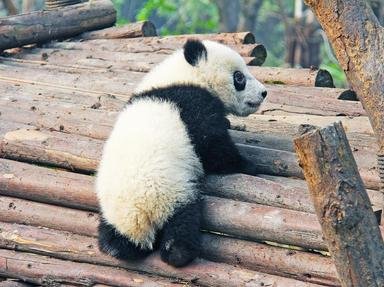Quiz Answer Key and Fun Facts
1. Which nocturnal hunter stealthily slinks around Kerala State in India and has been known to carry prey up into the trees?
2. Gaurs can be spotted in Kerala's forests. Which of these is true about the social needs of this species of wild cattle?
3. Kerala's state animal is a highly intelligent species that has demonstrated an ability to use tools to its advantage. What is it?
4. Lion-tailed macaques have a tuft on the end of their tail which resembles that of a lion (hence their name). They're not big cats, though. What is a macaque?
5. Be careful where you tread! King cobras might be slithering around the fields and forests of Kerala. How does this snake kill its prey?
6. If you wander around the parks and reserves in Kerala, you might see a few different types of deer. Which of these are you likely to spot living in the wild in India?
7. Peacocks are famous for strutting their stuff. Which colour is associated with Indian peacocks?
8. Look up in the trees and you might see one! Which of its body parts gave the bonnet macaque its name?
9. If you look carefully, you might spot a Malabar banded peacock in Kerala. This Indian animal isn't a bird, however. What is it?
10. The tiger population in India's Kerala state declined rapidly in the ten years between 2006 and 2016. True or false?
Source: Author
AcrylicInk
This quiz was reviewed by FunTrivia editor
rossian before going online.
Any errors found in FunTrivia content are routinely corrected through our feedback system.
